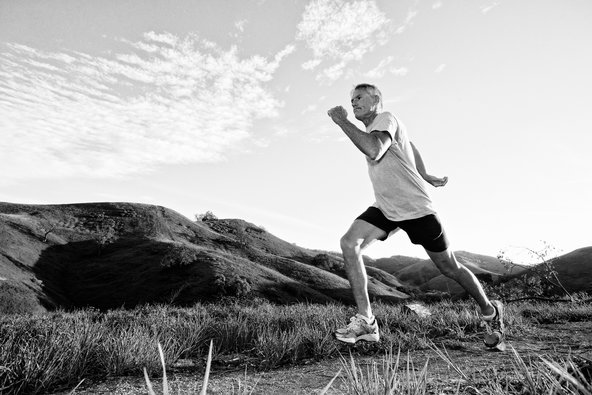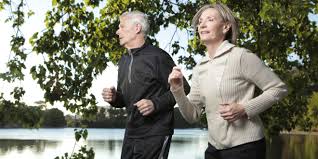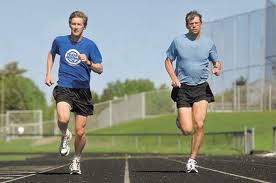 Young runners are different than you and me. They have more speed. And to achieve that swiftness, they use certain leg muscles quite differently than runners past age 50 do, according to a new study of runners’ strides at different ages. The study also says that many of us might be able to reinvigorate our flagging pace with the right type of strength training.
Young runners are different than you and me. They have more speed. And to achieve that swiftness, they use certain leg muscles quite differently than runners past age 50 do, according to a new study of runners’ strides at different ages. The study also says that many of us might be able to reinvigorate our flagging pace with the right type of strength training.
Competitive records and lived experience all show that runners slow with advancing age, even the great ones. The current world marathon record for men, for instance, 2:02:57, was blazed by a 30-year-old, and is nearly an hour faster than the world record of 2:54:48 for the 70- to 75-year-old age group, which was set by Ed Whitlock, a Canadian. He later ran the world record for the 80- to 85- year-old age group with a 3:15:54 clocking that, although blisteringly fast by my standards, was more than 20 minutes slower than his septuagenarian self.
year-old age group with a 3:15:54 clocking that, although blisteringly fast by my standards, was more than 20 minutes slower than his septuagenarian self.
While most of us accept this diminution in speed as inevitable and logical — we’re older, of course we’re slower — surprisingly little is known about the actual bodily underpinnings of the decline. But there have been hints. Past studies have found that our aerobic capacity declines as we reach our 40s, dropping by about 10 percent per decade after that, even if we vigorously exercise. So a serious 60-year-old runner will have more endurance capacity than sedentary people his or her age, but less than his or her 40- or 50-year-old self.
However, lower endurance capacity does not automatically mean slower running speeds. Theoretically, with age, we could run at the same pace as we once did, although doing so would require using more of our already  diminished endurance capacity — meaning that it would feel more difficult.
diminished endurance capacity — meaning that it would feel more difficult.
But we don’t. We slow down.
That process intrigued Paul DeVita, a professor of kinesiology at East Carolina University in Greenville, N.C., and president of the American Society of Biomechanics. In 2000, he and his colleague Tibor Hortobagyi published a famous study showing that older people, when they walk, take shorter steps than younger walkers, and rely less on the muscles around their ankles and more on the muscles around their hips to complete each stride than do younger walkers.
Source: New York Times
